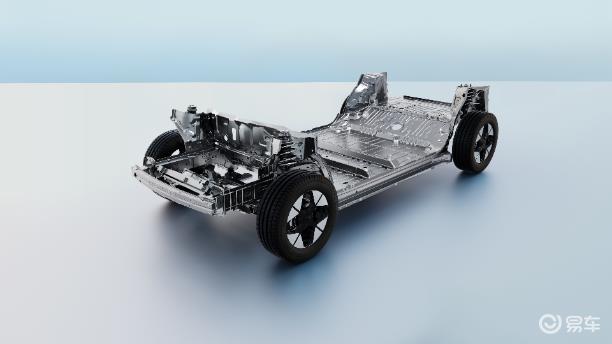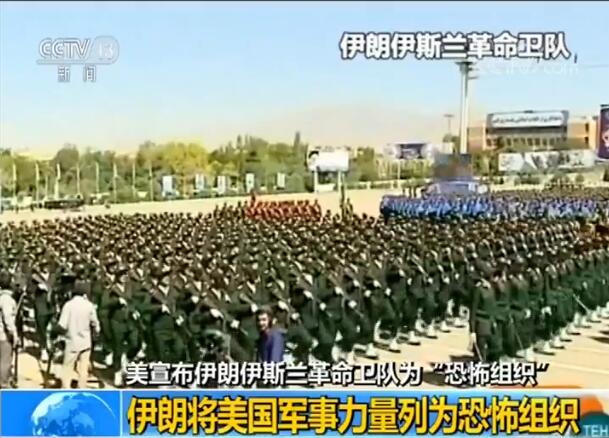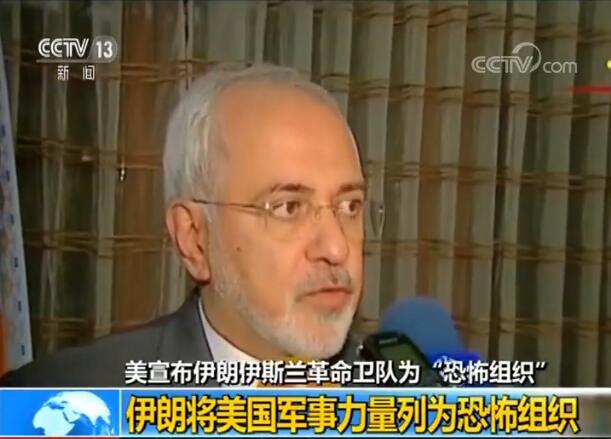After 90 s and 95 s, colleges and universities entered the front line of anti-epidemic! Netizen: Touched, tears burst …
Build the Great Wall of Epidemic Prevention and Youth
"Retrograde" is the first line of anti-epidemic, and college youth after 90 s and 95 s are in action!

Shanghai Jiao Tong University
I am proud of my dedication to my country and nursing career.
Fu Jiashun, who went out on New Year’s Eve, was born in 1992. He is a nurse in the intensive care unit of Renji Hospital affiliated to Shanghai Jiaotong University School of Medicine. He is one of the few male nurses in the hospital and one of the first to volunteer. He wrote this in his diary:
God bless Wuhan! We can win!
Renji Hospital Affiliated to Shanghai Jiaotong University School of Medicine South Campus
Fu Jiashun, ICU nurse
January 26, 2020
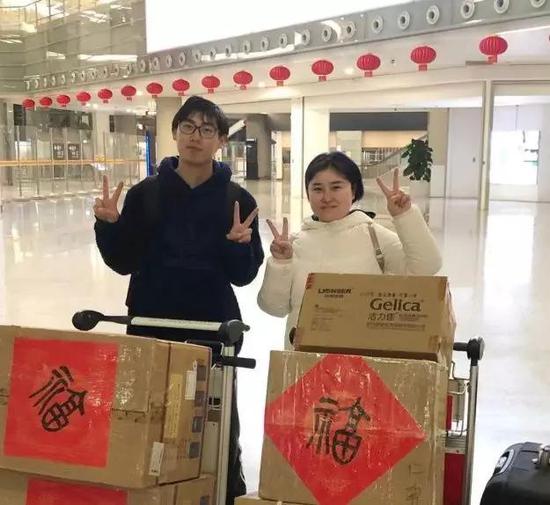
six o’clock
When I woke up early, I reported my parents’ safety on WeChat. My mother said that my only son rushed to the front line and was too worried to sleep, but he still understood and supported my choice.
nine o’clock
We went to the hospital with the medical team leaders to understand the situation and connect with the departments. Compared with Shanghai, there is a gap in local medical and health conditions, facilities and equipment, and there is a shortage of medical personnel and medical materials. Comrades received notices one after another and went to the clinical front line in the afternoon, which inevitably made them feel a little embarrassed.
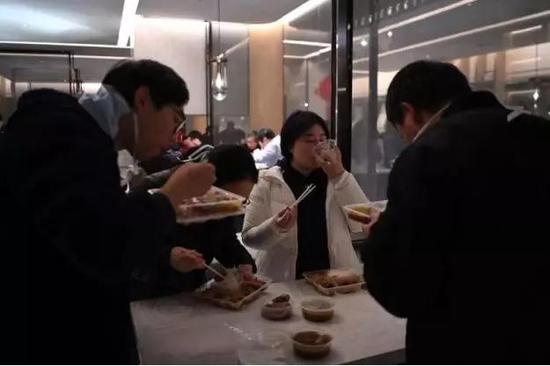
twelve o’clock
Everyone ate a light meal in a hurry. At noon, I received messages of concern from all parties, and the leaders of the hospital once again clearly pointed out that they had difficulties and found organizations and leaders. Tell teammates in different hospitals to cooperate more, care more and take care more. This is our powerful shield! Come on!
one o’clock pm
From today, we will take over the second floor and the third floor in the north, which are basically standardized infectious disease wards, and the second floor is a general ward to treat confirmed patients; On the third floor, critically ill patients were treated, and the ward of simple intensive care unit was equipped with non-invasive ventilator. The protective measures were basically in place, but the supply may be difficult in the later period, and the atmosphere at the scene was dignified again.
half past one p.m.
After the noon meeting, the hospitals took the initiative to count the materials and make the next use plan. We unified the management of the facilities we brought, and first supplied the comrades who went to the clinical front line in the afternoon. Use what you bring first, and then try to adjust it if it is not enough. I hope there is no need to adjust.
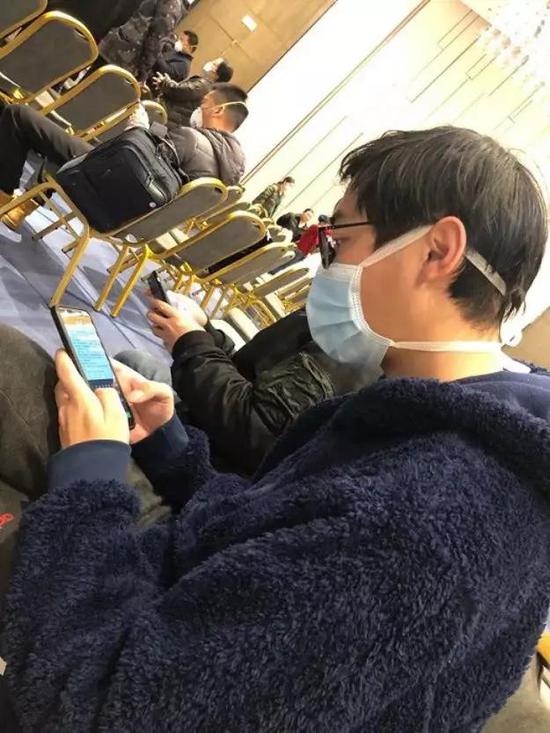
three o’clock pm
"There are still 5 minutes, please finish the training of comrades who go to work today, put on protective clothing and set off immediately!" It’s too late to say goodbye to the comrades who rushed to the ward this afternoon, stand up and watch, and pay tribute to the pioneers! Safe return is victory!
half past three p.m.
Take out your mobile phone and review the training content of virus diagnosis, treatment and protection.
six o’clock pm
After a hasty dinner, the medical and nursing team leader held a WeChat meeting to arrange the follow-up work urgently.
"It was hard to imagine that in peacetime, we had the opportunity to contribute to the country and nursing in this way. I am very proud! The difficulty is temporary. I believe that our motherland will finally be able to step through the snow! "
Tongji University
Short hair after 1995 to support Wuhan
Zhao Qingya, born in 1996 in the Oriental Hospital affiliated to Tongji University, is a member of the second batch of medical teams supporting Wuhan in Shanghai.
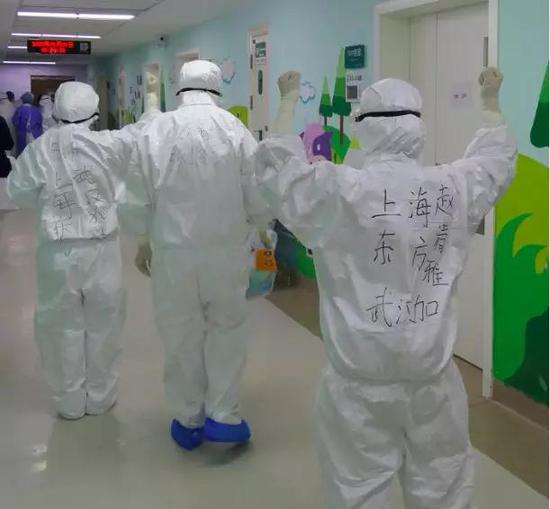
As a Communist party member, she cut her hair short when she left Shanghai for Wuhan.
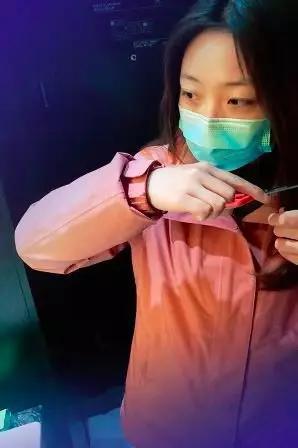
On January 31st, Zhao Qingya entered the intensive care unit on the first day during her aid to Han. On that day, she wrote a diary like this:
Looking forward to spring blossoms, come on together.
At that time, no one is allowed to be absent
The alarm clock rang at 6 o’clock in the morning, and I rubbed my eyes. Today is the first day for the first group to enter the intensive care unit. I got up, washed in a hurry, brought my equipment, gathered downstairs at 7 o’clock, and set off for Wuhan Third Hospital by bus.
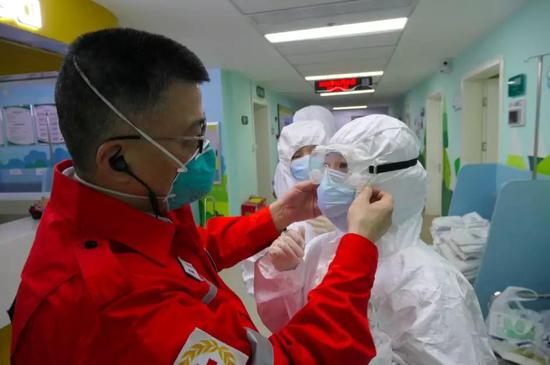
From the clean area to the semi-polluted area and then to the polluted area, it took us half an hour to wear isolation gown and protective clothing. Finally, there was a sensitive teacher who helped us to pass the last pass and really became a white soldier.
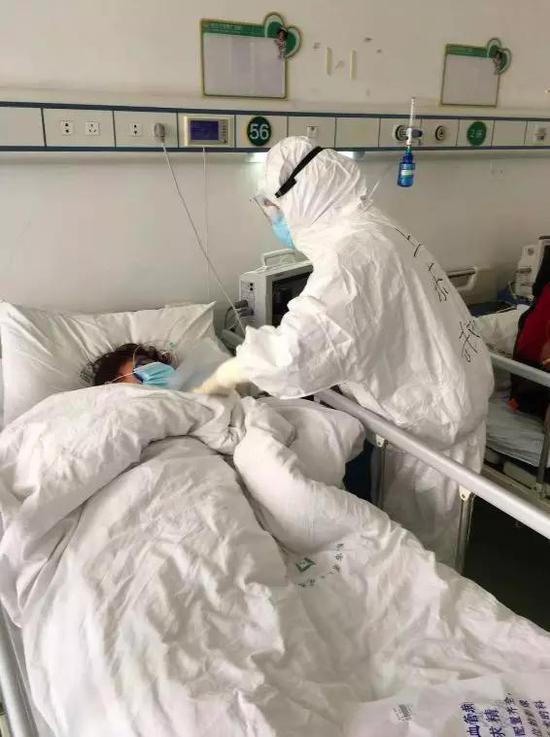
We walked into the makeshift simple intensive care unit on the 11th floor. There were 8 people in our class, and I was assigned to two rooms and four beds, mainly to do basic nursing, infusion, blood sugar and blood gas measurement for patients, assist patients to do examinations, record vital signs and observe patients’ condition. Because they are from Hubei, I can understand their dialects and know their needs more quickly.
An aunt told me that she was particularly scared. She took my hand and told me not to go. At that time, my heart was particularly uncomfortable. How painful she should be to hold my hand. I comforted her and did psychological care. When she is relieved, I want her to eat some rice and enhance her immunity so that she can get better quickly. With my help, have a bite of rice and take a ventilator for a while, that’s all.
I am very happy to see a little food left. Although it is insignificant, it makes me feel very gratified. Her efforts and refueling are the driving force for us to move forward. None of us will abandon Hubei when it is in trouble!
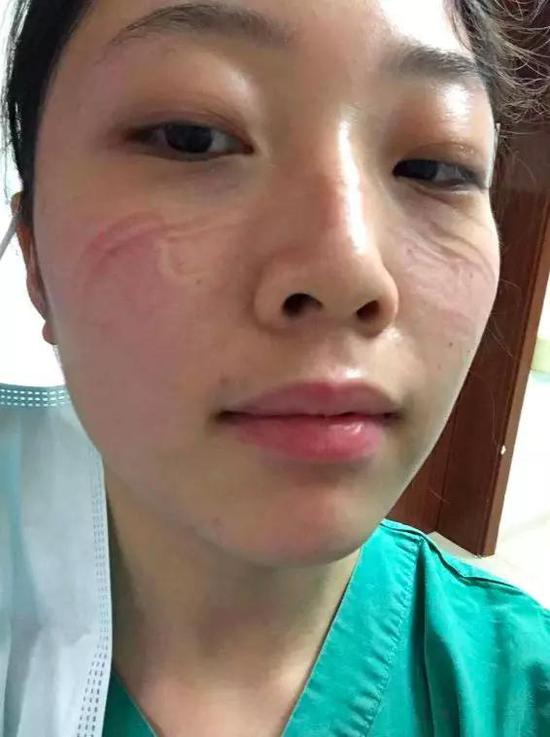
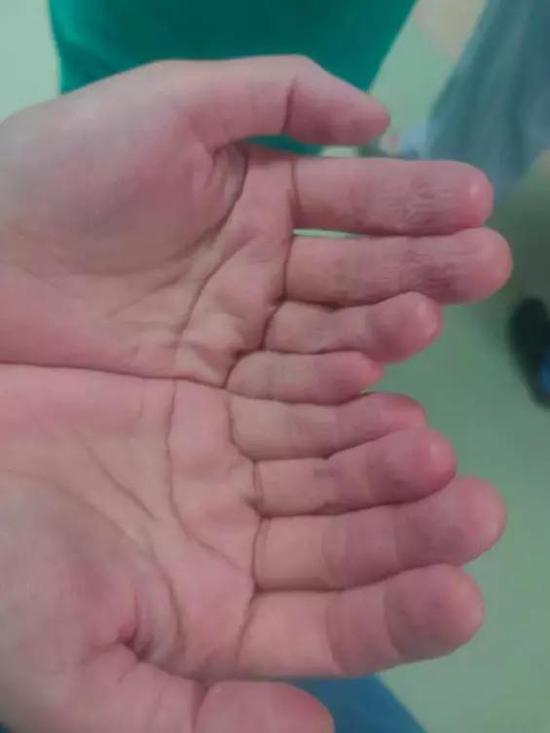
Every retrograde person should come back safely!
How much you want to go out, how much we want to go home. Stop your travel, we are one step closer to victory!
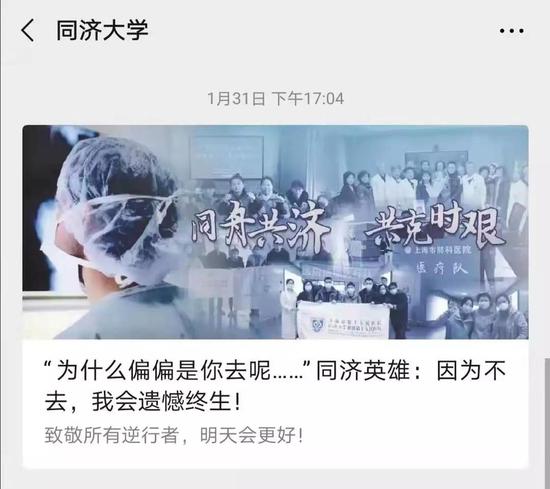
Southwest medical university
A 25-year-old girl signed up to support Wuhan without telling her parents.
Following the first batch of 35 medical staff, yesterday, the Affiliated Hospital of Southwest Medical University and the Affiliated Hospital of Traditional Chinese Medicine organized 14 medical staff to form the second batch of medical teams to help Hubei fight the epidemic!
It is understood that among the 49 rescuers in Southwest Medical University, there are 20 communist party member and 15 post-90s.
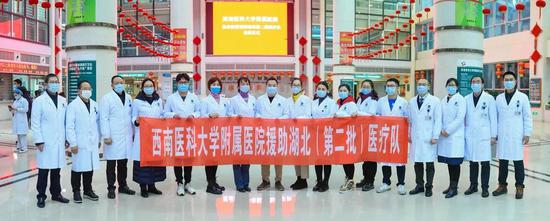
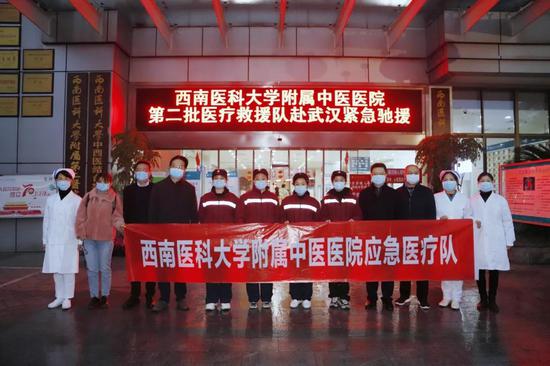
The affiliated hospital of the school and the affiliated Chinese medicine hospital received an urgent notice from the provincial health and health commission at 2: 30 pm on February 1, and the list of aid teams was confirmed in about one hour.
The reporter was informed that the youngest of these medical staff is Cao Xin, a nurse from the Affiliated Hospital of Southwest Medical University, who was born in 1995.
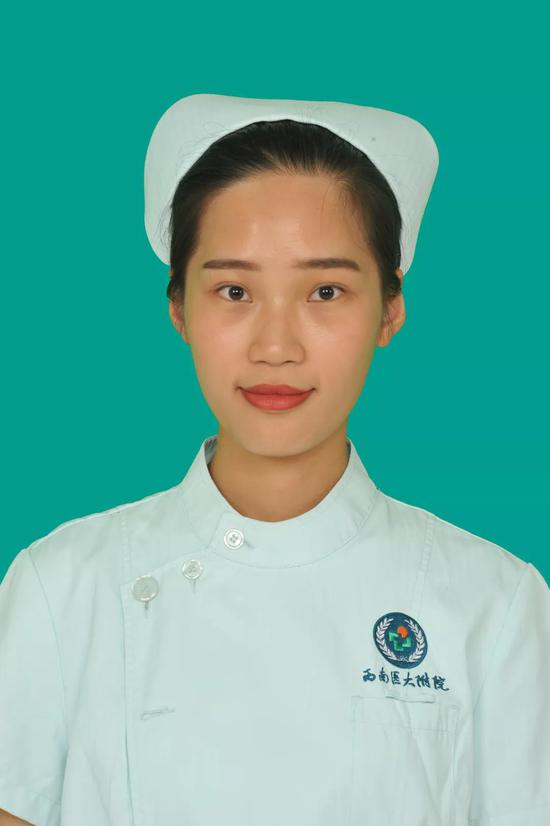
Why go to the "front line"? She said this:
As a communist party member, the epidemic is the command and the epidemic is the assembly number!
It is duty-bound to stand up in the face of the epidemic. I’m sure Wuhan will survive. Let’s be beautiful attackers. When the flowers bloom, we will still be the most beautiful angels in white!
According to Guan Wei of Southwest Medical University, since January 25th, the first batch of 35 medical staff selected by the affiliated hospital of Southwest Medical University and the affiliated hospital of traditional Chinese medicine have been fighting for many days and nights in the Red Cross Hospital in Wuhan, which is only 1.2 kilometers away from Wuhan South China Seafood Market.
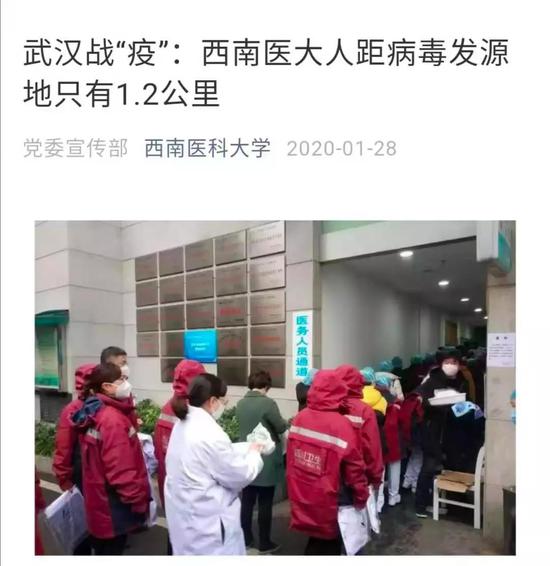
Wen Yuanqi, a 25-year-old native of Luzhou, was one of the first members of the medical aid team from Southwest Medical University in Hubei.
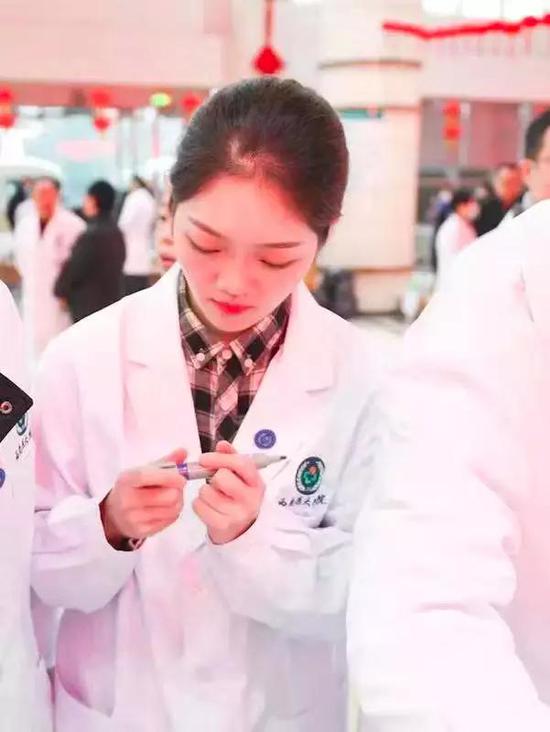
During the Spring Festival this year, she happened to take a break in the intensive care unit of the emergency medicine department. She had already planned that she would stay with her parents and visit relatives and friends for seven days. Usually, my parents work in Guizhou, so it’s rare to get together. A few days ago, my parents made a special trip to Luzhou to spend the Spring Festival with her.
However, on January 23, when she was gathering with friends after work, she accidentally saw the notice of assistance. Wen Yuanqi signed up behind her parents’ back and acted first. She was worried that her parents would not understand. Fortunately, after her parents learned that she would go to Hubei to take care of critically ill patients that night, they understood her despite their worries and finally encouraged her: this is an opportunity for experience.
The support of parents is her greatest motivation! "As a young medical worker, the more difficult it is, the more responsible it is."
Henan Polytechnic University
Take the initiative to support Wuhan, many of them are post-90 s.
At noon on February 2, the first batch of medical staff in Jiaozuo city who supported Wuhan’s medical team to deal with the epidemic solemnly swore an oath. Subsequently, they embarked on a journey to Hubei.
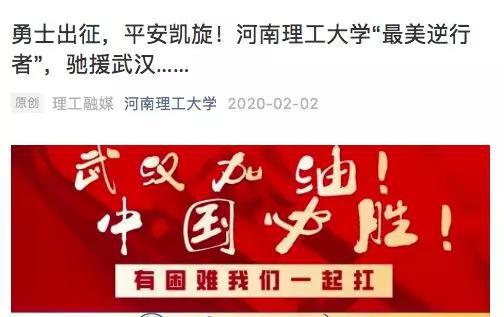
Among them, the First Affiliated Hospital of Henan Polytechnic University sent six people, most of whom were born after 90.
Some people say: instant tears collapse ↓ ↓ ↓

Teachers from the Propaganda Department of the Party Committee of Henan Polytechnic University told reporters that all the six medical staff sent by the affiliated hospital of our school volunteered, including four from the post-90s generation.
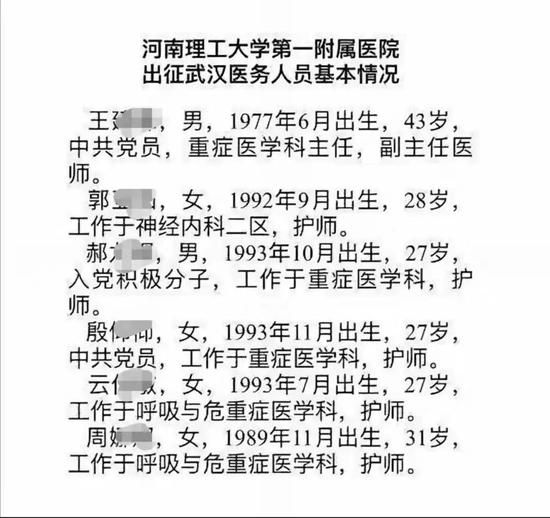
Guo Yaru in the aid medical team is a newly married wife. After 90′ s, she took care of everyone, listened to the call and went out with the team.
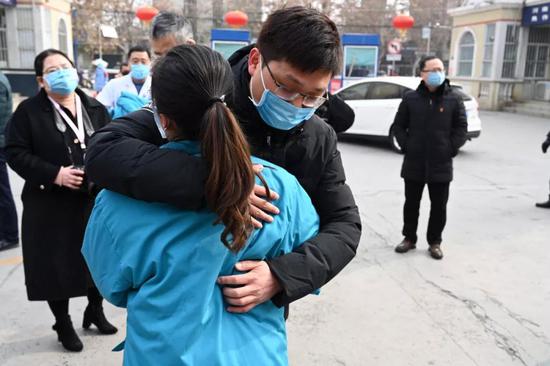
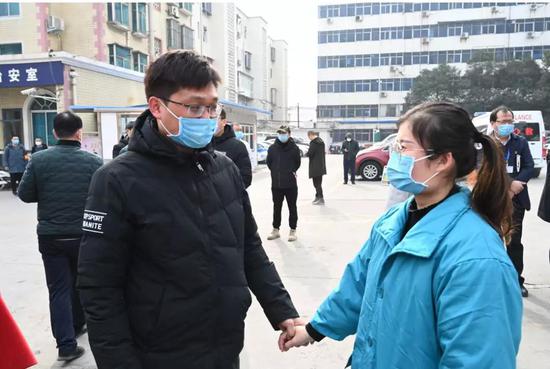
It is reported that in order to facilitate wearing protective clothing and reduce the spread of diseases, female members of the medical aid team collectively cut off their long hair.
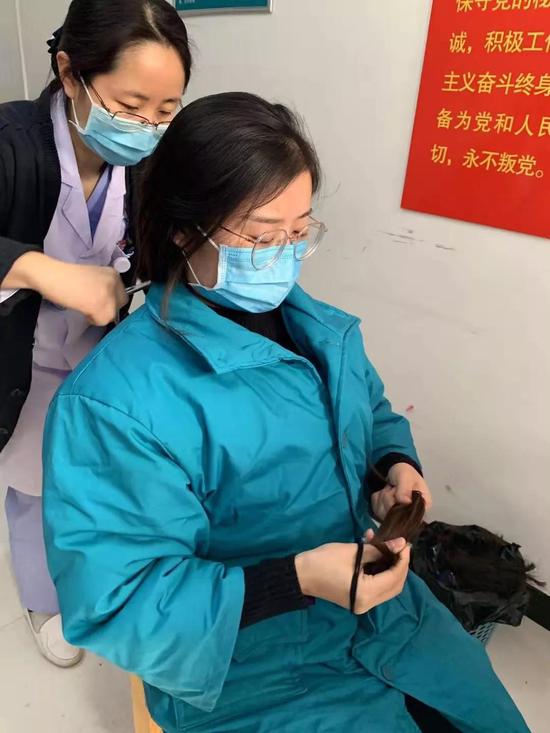
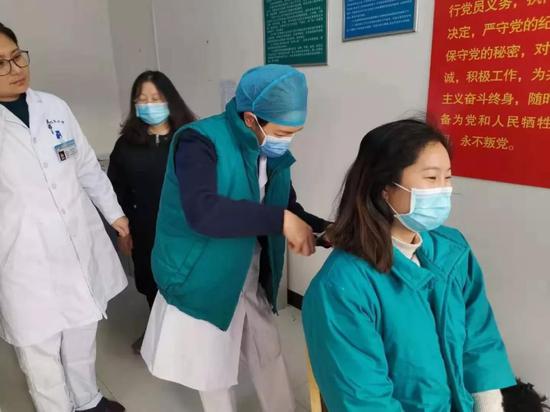
Jimei university
The youth of the League members actively voiced and condensed the positive energy of youth.
Recently, Jimei University’s original song "Watch" spread on the Internet, and students cheered for Wuhan in their own way!
keep watch
Song: Laiti Ju
Word: Zhang Jingxuan wang zheng
Guitar: Laiti Ju
Singing: Laiti Ju
There is no smoke flying here.
Hot blood casts hope.
Dare not forget day and night
This is not a killing field.
And you’re at the forefront
The New Year lights watch for you.
Flying in white
Shining with Wanjiaguang
Wonderful hands and loving hearts are not ended.
Cut off your hair and don’t forget the care of your loved ones.
A hanging pot helps a thousand fears.
The heart blooms like a lotus flower, only to save lives and help the wounded.
Respect for life and love without boundaries.
I want to tell you, don’t be afraid that strength will gather in midsummer.
After the hardship, it is Fanghua.
Students from all directions also sing for you.
After the storm, it is sunshine.
Ying Zi in white never forgets.
The epidemic situation of pneumonia affects the hearts of the people all over the country, as well as all the young people in Jinan.
On January 25th, after receiving the action order from the Central Committee of the Communist Youth League and the Communist Youth League Committee, the school deployed and implemented it at the first time that night, mobilized the young people of Jida University to carry out the network action of relaying blessings, actively voiced their voices, and set up a spiritual home for the young people of Jida University to express their love for the national conditions with a childlike heart, which condensed the positive energy of public opinion to pay tribute to the front-line staff, bless the people of Wuhan and pray for the Kangtai of the motherland.
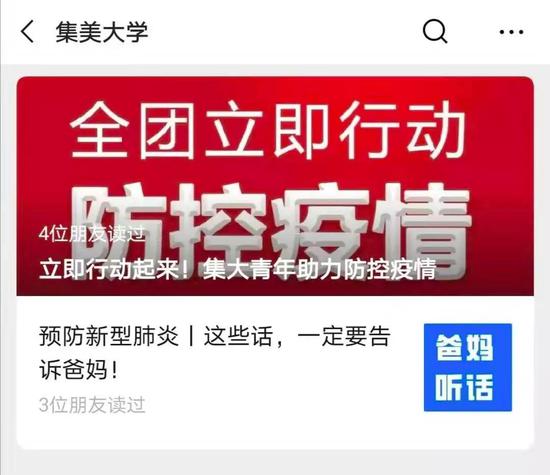
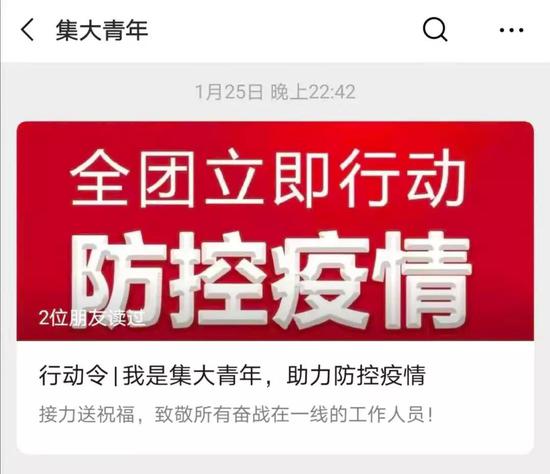
According to the school, in just a few hours, thousands of students in the school read and forwarded the online articles that helped prevent and control the epidemic, and relayed in the message area to cheer for Wuhan, pay tribute to the staff who fought in the front line of epidemic prevention and bless the motherland!
In addition, the school has successively launched 16 issues of epidemic prevention and control topics in new media positions such as "Jida Youth" WeChat WeChat official account; Start gathering young people to "Yi" for epidemic prevention — — 20-day punch-in activities for healthy family life encourage students to adhere to an optimistic and positive attitude and a healthy and upward lifestyle to cope with epidemic prevention and control.
Chengdu vocational and technical college
After 95, I volunteered to be a volunteer.
On January 24th, the Party Committee of the Third People’s Hospital of Chengdu issued an initiative to go out to the whole hospital. Kun Wang and Tang Xinyuan volunteered to sign up, and stood out from more than a thousand medical staff, becoming the second of the first batch of 19 members of Chengdu public hospitals to go to Hubei, and Tang Xinyuan also became the youngest volunteer in the anti-epidemic aid team in Hubei.
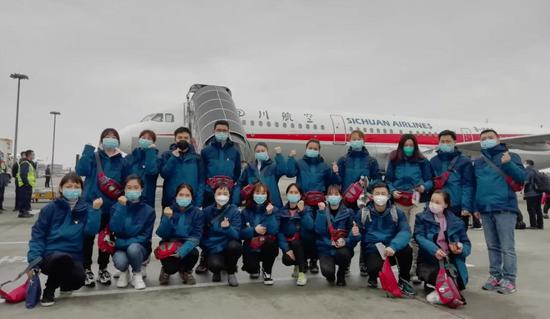
Tang Xinyuan, male, Communist Youth League member, born in 1996, Han nationality, graduated from Leshan Jiazhou Health Vocational School in 2016. In September of the same year, he entered the nursing major of Chengdu Vocational and Technical College with excellent results and served as the president of the student union and the class monitor of the medical branch.
During my school years, I was awarded "Excellent College Graduates of Sichuan Province", "A-level Certificate of Comprehensive Quality of College Students of Sichuan Province", "First Prize of Popular Science Speech Competition of Sichuan Nursing Association" and "National Inspirational Scholarship" twice, first prize and second prize of the College, "Top Ten Communist Youth League Members", "Youth Model" of the College and "Excellent Students of National Defense Military Education in Chengdu".
At the same time, he applied for three independent research projects of college students as the first person in charge during his school days, and independently developed three national utility model patents (under acceptance).
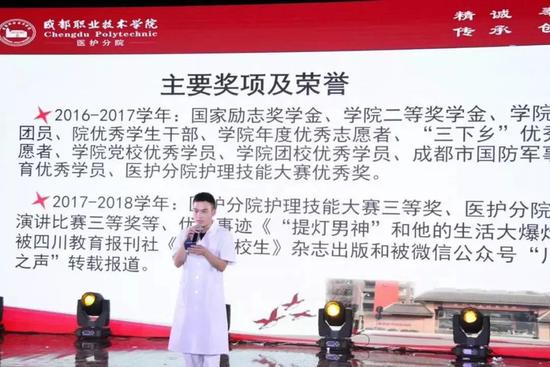
In November 2017, it was identified by the party organization as a party activist training.
In May 2018, he was awarded the honorary title of the fourth "Youth Model Around" of the College.
In July 2019, he was awarded the title of "China University Students’ Self-improvement Star" in 2018.
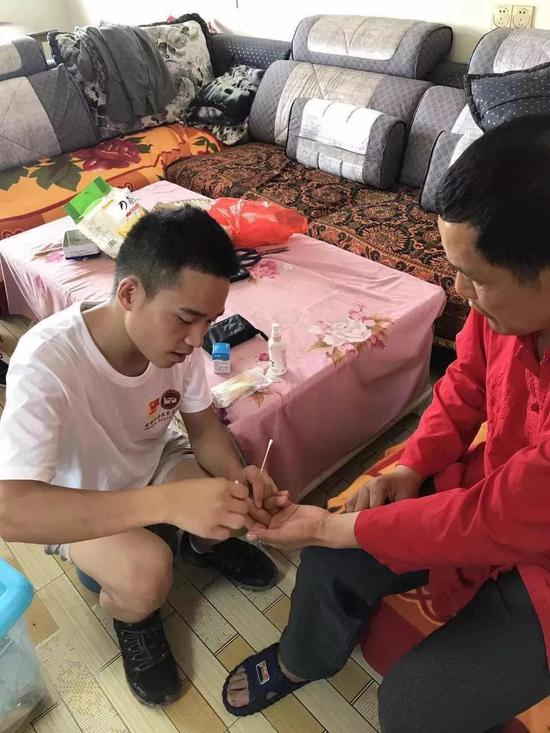
Before leaving, he said:

Pay tribute to the "retrograde" in the front line of the epidemic.
Pay tribute to this ordinary and great persistence
Overcome difficulties and tide over difficulties together,
Fight the epidemic, we are together!
This is the commitment of every youth.
Is the promise of every Chinese!
The Central Committee of the Communist Youth League issued the "Working Guidelines on Establishing Youth Commandos for Epidemic Prevention and Control in Key Areas and Participating in Preventing and Controlling Epidemic Situations and Blocking Warfare". The "Guidelines" are used to guide the grass-roots organizations of the Communist Youth League to set up youth commandos to deal with the pneumonia epidemic in novel coronavirus, and undertake specific special tasks under the leadership of local epidemic prevention and control headquarters.
 Transcendental hacker
Transcendental hacker
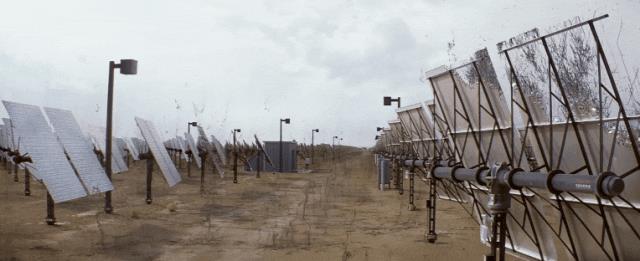
 Christopher Nolan (left)
Christopher Nolan (left)
 Christopher Nolan and wally pfister.
Christopher Nolan and wally pfister.

 From top to bottom, it is Johnny Depp in the movies Pirates of the Caribbean, Diary of Lyme Wine and Lone Ranger.
From top to bottom, it is Johnny Depp in the movies Pirates of the Caribbean, Diary of Lyme Wine and Lone Ranger.






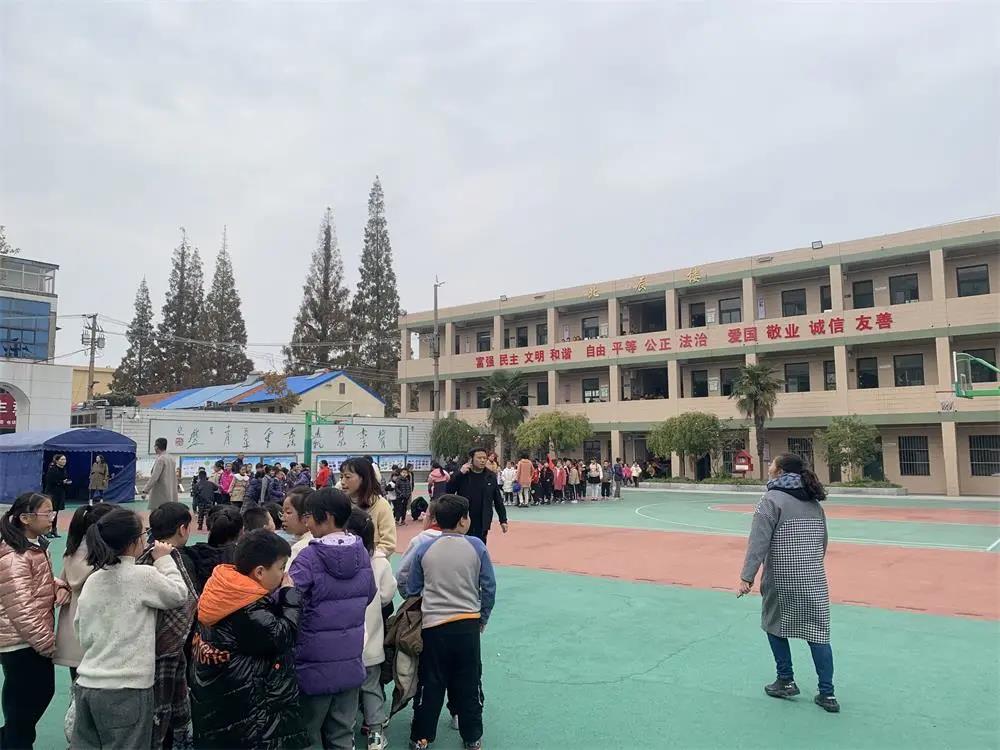
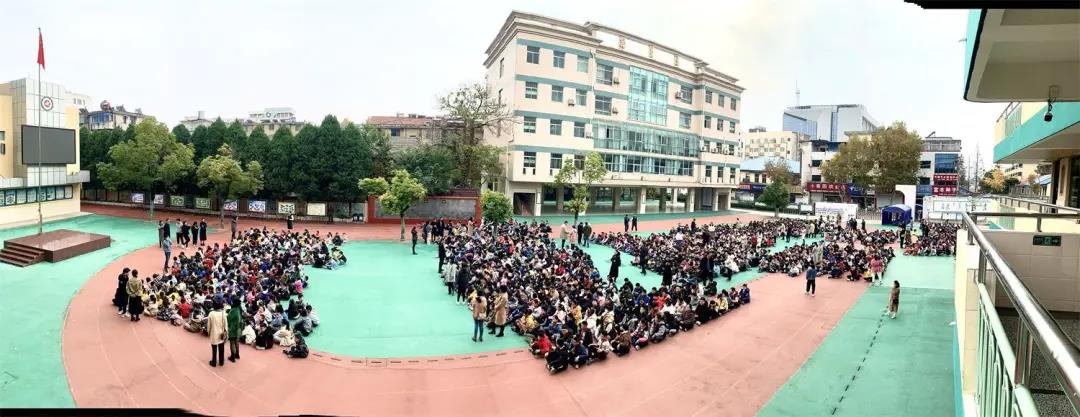
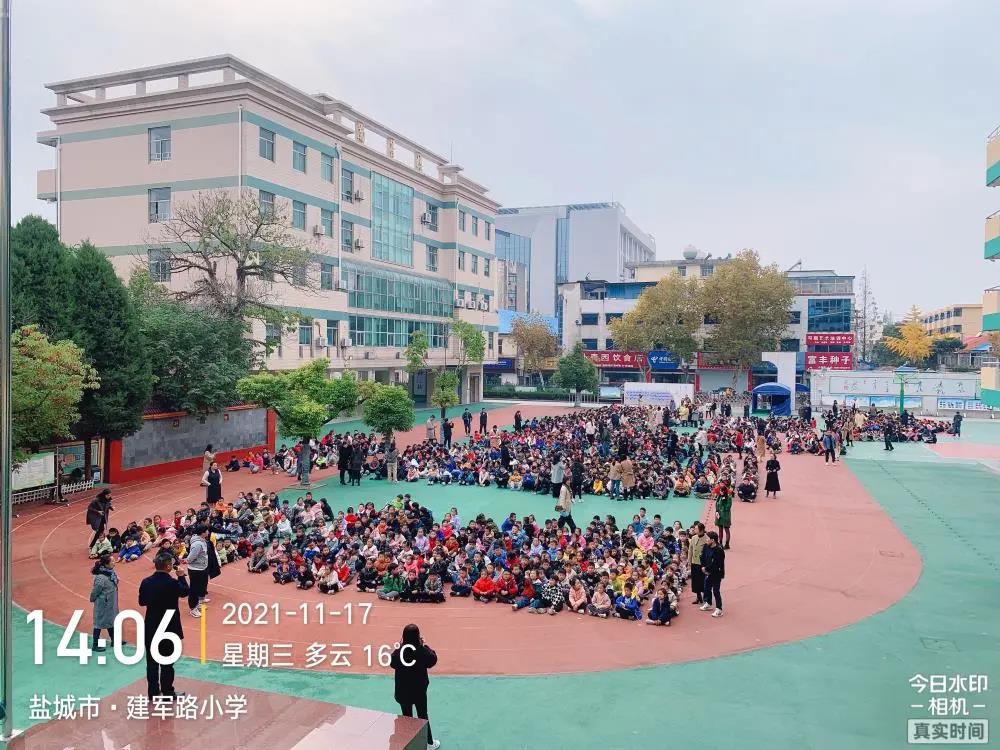
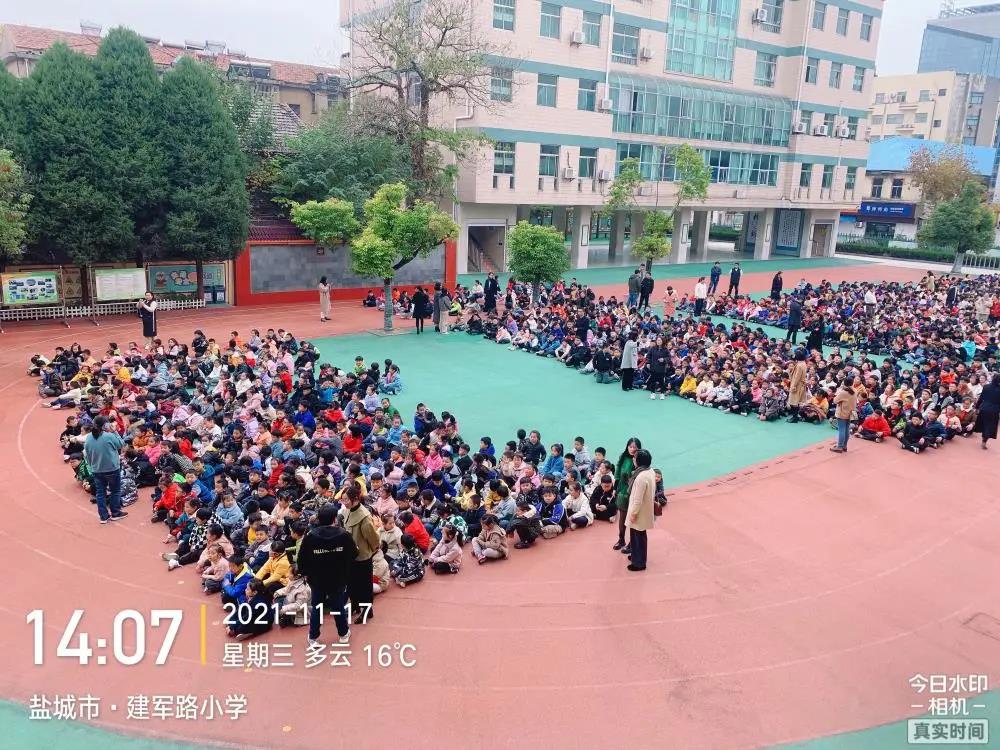
![[Car Channel News + News List] Wanzhong Preferred, Multifunctional Urban SUV Corolla, Rui Fang officially listed _fororder_image001](http://www.1000ef.com/wp-content/uploads/2023/12/xQ5aOv4U.jpg)
![[Car Channel News + News List] Wanzhong Preferred, Multifunctional Urban SUV Corolla, Rui Fang officially listed _fororder_image003](http://www.1000ef.com/wp-content/uploads/2023/12/8oK6XW0z.jpg)
![[Car Channel News + News List] Wanzhong Preferred, Multifunctional Urban SUV Corolla, Rui Fang officially listed _fororder_image005](http://www.1000ef.com/wp-content/uploads/2023/12/M7s64tTX.jpg)
![[Car Channel News + News List] Wanzhong Preferred, Multifunctional Urban SUV Corolla, Rui Fang officially listed _fororder_image007](http://www.1000ef.com/wp-content/uploads/2023/12/lFEQKnY2.jpg) group photo on site
group photo on site